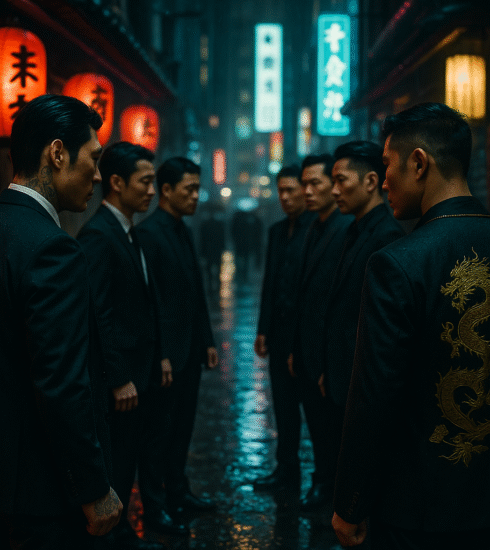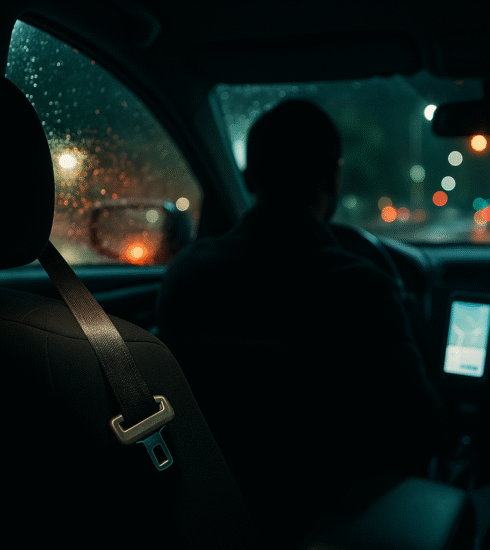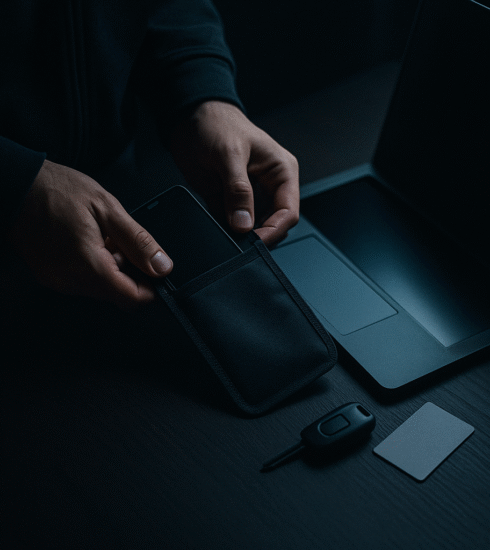Reading The Urban Jungle Like An Operator
The city is not a hostile place. It is a complex system of patterns, rhythms, and human behavior. Your safety depends on your ability to read this environment with clarity and purpose. This is not about paranoia. It is about developing a calm, observational mindset that allows you to navigate any situation with confidence. You learn to see the flow of a crowd, the posture of an individual, the anomaly in the routine. This skill set is about reading the urban jungle like an operator. It transforms the unfamiliar into the understandable.
The greatest weapon is awareness. It is the ability to see a situation developing long before it becomes a problem. Your goal is always avoidance, not confrontation.
Calibrating Your Baseline For The Street
Every environment has a normal rhythm. Your first task is to establish this baseline. Observe the pace of foot traffic, the common sounds, and the standard patterns of movement. Notice how people interact with each other and with the space itself. This baseline is your reference point for everything that follows.
Anomalies are deviations from this established normal. They are not inherently threats. A person standing still in a moving crowd is an anomaly. A vehicle moving against the flow of traffic is an anomaly. Your job is to note them without overreacting. You simply register the change and understand its context within the larger environment.
This process requires continuous observation. The baseline can shift with the time of day or a specific event. A quiet street at noon has a different normal than the same street at midnight. You must remain fluid in your assessment, constantly updating your understanding of what belongs and what stands out. This is the foundation of urban awareness.
The Language Of Body And Behavior
People communicate volumes through their posture and movement. Intent often precedes action by several seconds. Look for clusters of behavior that signal stress, aggression, or predatory focus. A fixed gaze, closed fists, or a lowered center of gravity can be indicators. These are subtle cues that most people overlook entirely.
Conversely, understand what relaxed and aware body language looks like. Most civilians are distracted, looking at phones or lost in thought. Someone who is present and scanning their environment will stand out. You are not looking for a specific type of person. You are looking for specific types of behavior that are inconsistent with the baseline.
Your own body language is equally important. Project calm awareness without appearing aggressive or challenging. Keep your head up, your shoulders back, and your hands visible. Move with purpose and confidence. This demeanor alone can deter unwanted attention because you do not appear to be an easy target. It is a passive defensive measure.
Trust your subconscious. That feeling of unease is your pattern recognition software flagging an anomaly. Do not dismiss it. Acknowledge the signal and create space. Verify the threat from a position of safety.
Practical Environmental Awareness And Movement
Your positioning in a space is a critical factor. Always place yourself where you can see the widest possible field of view. Avoid having your back to a crowd or a blind corner. In a restaurant, sit facing the entrance. On a sidewalk, walk on the outside edge to see ahead and behind. This simple habit drastically increases your reaction time.
Understand the concept of natural cover and concealment. Cover is a physical barrier that can stop a threat. Concealment merely hides you from view. Know the difference and use them appropriately. A concrete planter is cover. A hedge is concealment. Your primary goal is always to use distance and cover to create options.
Plan your movement routes before you move. Identify potential exit paths, safe havens, and areas to avoid. This is not about fear. It is about having a pre considered plan so you are not making decisions under stress. Look for well lit areas, open businesses, and places where you can find assistance if needed. Your movement should always be deliberate.
Verifying Potential Threats And Taking Action
Not every anomaly is a threat. Your next step is verification. If something or someone triggers your awareness, create distance. Use a store window reflection to observe behind you. Cross the street to change the dynamic. The goal is to gather more information from a position of relative safety without escalating the situation.
If the anomaly persists and your concern grows, your action is simple. Leave the area. Move toward a place of safety, which could be a crowded store, a police station, or simply a well populated area. Do not wait for confirmation of a threat. The cost of being wrong and leaving is zero. The cost of being wrong and staying could be everything.
In the rare event a direct threat manifests, your priority is to create noise and distance. Draw attention to the situation. Yell commands like stop or back away. Your goal is to disengage and get to safety. The law supports your right to defend yourself, but the smartest fight is the one you avoid entirely. Your actions must always be proportionate and lawful.
Start today on your next walk. Pick one skill to practice. Observe the baseline rhythm of your own neighborhood. Note the anomalies without judgment. This is a muscle that strengthens with consistent, calm repetition.





